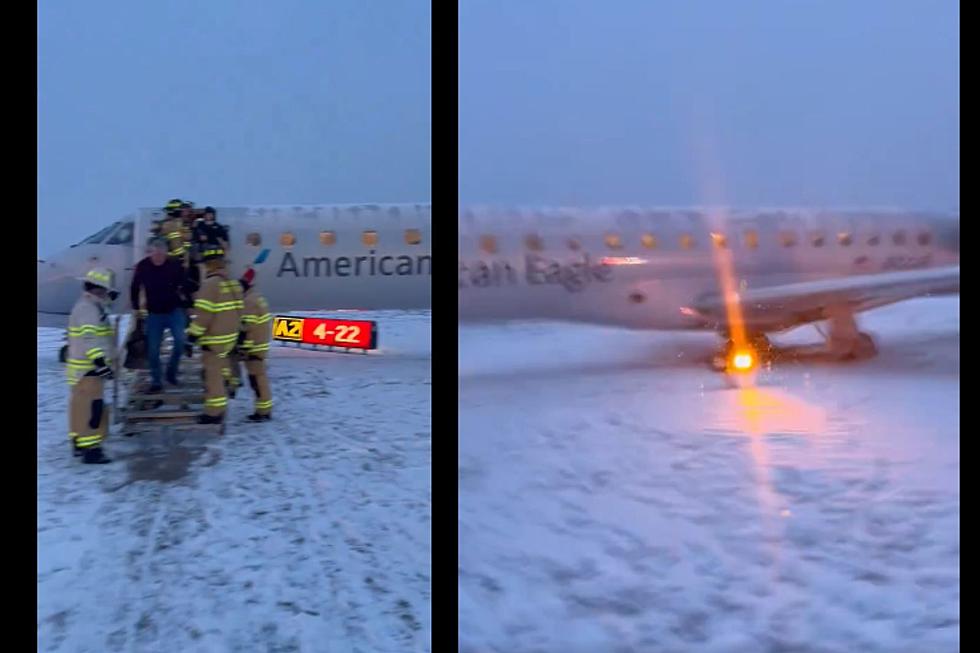
When You Can Expect Hudson Valley Lakes to Freeze
While the official start of winter is still over a month away, freezing temperatures have started to creep into the Hudson Valley. But when will our local lakes begin to freeze thick enough for the real cold weather activities to kick in?
There have already been several clues to winter's imminent arrival. This week saw the first freezing temperatures in the Hudson Valley, dipping to 28 degrees in towns as far south as Newburgh, NY. Then there was the recent snow on the New York State Thruway. But when will our lakes ice over?
When Will Lakes Freeze in New York?
Similar to the seasons, lakes don't just change overnight. Lakes (or even rivers) that are frozen solid enough for safe exploration can take days or even weeks to form a thick enough layer of ice to support a person's weight. Luckily, there's a formula to follow that can help local residents get at least an estimation of when their favorite body of water is adequately frozen.
Four Inches for Frozen Lake Safety
The formula can help determine when the lake in question has froze solid enough for safe travel. The general consensus is that a minimum ice thickness of four inches is needed, though different lakes may have different requirements. Here's how to tell how long your lake might take to freeze.
Read More: How To Walk, Ski, or Ice-Yacht on the Frozen Hudson River
The Formula to Track Lake Freezing in New York
The formula revolves around solving for "freezing degree days". First, take the average temperature of the day in question (the sum of the low and high temperature of the day divided by two). Take this number and subtract from 32, which is the freezing point of water. An example:
If the low temperature today was 24 degrees and the high was 30 degrees, the average temperature of the day was 27 degrees. Subtract that from 32, and you get 5 freezing degree days for this day.
Once you obtain your "freezing day" number, you can use it in comparison with this formula: a lake that has only just began to freeze will add 1 inch of ice thickness per 24 hours of a 15 freezing day temperature. Put more simply:
Simplifying the "Freezing Day" Rule
At a temperature of 15 freezing days (if the average temperature of the day subtracted from 32 equals 15), it will take a lake that has already established a thin layer of ice four days at this consistent temperature to freeze four inches thick. If your "freezing day" number instead equals five like in the previous example, it would take three times the amount of consistent days to achieve the same ice thickness.

While this is only a general rule, this means that after four or five days of temperatures hovering in the teens, it is more than likely that your local lake has frozen solid enough to bear the weight of winter explorers. While this is an estimation, it's always a good idea to get official feedback from local park staff of when and if it's truly safe to venture out on a frozen lake.
City of Newburgh Firefighters Save Dog on Frozen Hudson River
Gallery Credit: Timothy Dexter
Firefighters Work Together to Rescue Dog Stuck on Frozen Ice
Gallery Credit: Credit - Polly McAdams
More From WRRV-WRRB









